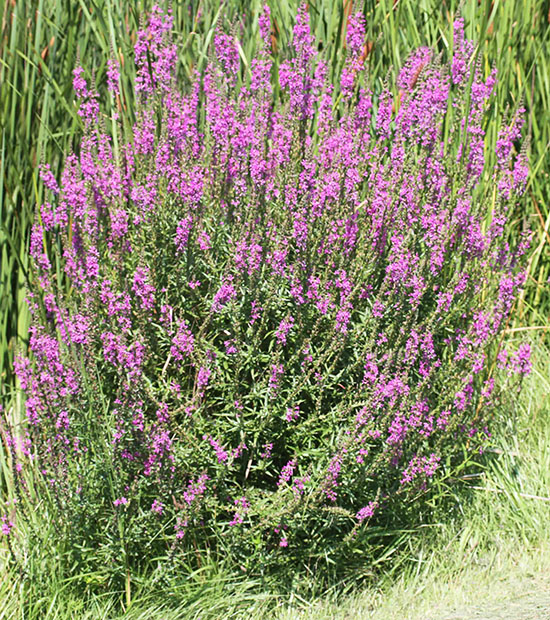Issue 2, May 4, 2015
Exotic Weed Act
The Illinois Exotic Weed Act, also set into Illinois Administrative Code, is managed by the IL Department of Natural Resources. These non-native plants, when planted, will spread by seeds or vegetative propagules (rhizomes, bulbs, tubers, corms, etc.) and naturalize, degrading natural communities, reducing the value of fish or wildlife habitat, and threatening Illinois endangered or threatened species.
For most of these plants, it's the seeds that have caused these plants to spread, particularly in forested and wooded areas.
This law doesn't require the owner or manager of property to remove these plants like the IL Noxious Weed Law. However, do everything to prevent them from spreading, including removing flowers before they set seed. The Act does state you cannot sell or plant these without permission from IDNR.
The following species are on the list. Additionally, and this is crucial, ALL their cultivars are included, no matter who or what says the cultivars are sterile. Any cultivar of these plants CANNOT be legally sold or planted in Illinois without a permit from IDNR. This includes all the so-called sterile purple loosestrife cultivars as well as the Fine-Line® buckthorns.
Included plants include Japanese honeysuckle (Lonicera japonica), multiflora rose (Rosa multiflora), purple loosestrife (Lythrum salicaria), common buckthorn (Rhamnus cathartica), glossy buckthorn (Rhamnus frangula), saw-toothed buckthorn (Rhamnus arguta), dahurian buckthorn (Rhamnus davurica), Japanese buckthorn (Rhamnus japonica), Chinese buckthorn (Rhamnus utilis), and kudzu (Pueraria lobata). Kudzu is the only plant also on the Noxious Weed list.

Purple Loosestrife.
At the moment, IL Senate Bill 681 seeks to amend the Exotic Weed act, adding bush honeysuckles (Lonicera maackii, Lonicera tatarica, Lonicera morrowii, and Lonicera fragrantissima), exotic olives (Elaeagnus umbellata, Elaeagnus pungens, Elaeagnus angustifolia), salt cedar (all members of the Tamarix genus), poison hemlock (Conium maculatum), giant hogweed (Heracleum mantegazzianum), Oriental bittersweet (Celastrus orbiculatus), lesser celandine (Ficaria verna), teasel (all members of the Dipsacus genus), and Japanese, giant, and Bohemian knotweed (Fallopia japonica, syn. Polygonum cuspidatum; Fallopia sachalinensis; and Fallopia x bohemica, resp.) to be designated as exotic weeds.
Interestingly, some of the above are obvious weeds (poison hemlock, giant hogweed, teasels) but are sold for various unsubstantiated herbal or medicinal uses on the Internet.
It should be stressed that these plants are NOT currently illegal to plant or sell in IL. Ultimately, it depends on what the IL legislature and governor does in the next month.
On the other hand, we know the proposed plants are terribly invasive; a wise gardener/landscaper would remove these plants from their design palette, and seriously consider removing these and the designated exotics from the landscape.
For more information, refer to: http://www.ilga.gov/legislation/ilcs/ilcs3.asp?ActID=1735&ChapterID=44 (David Robson)
Author:
David Robson